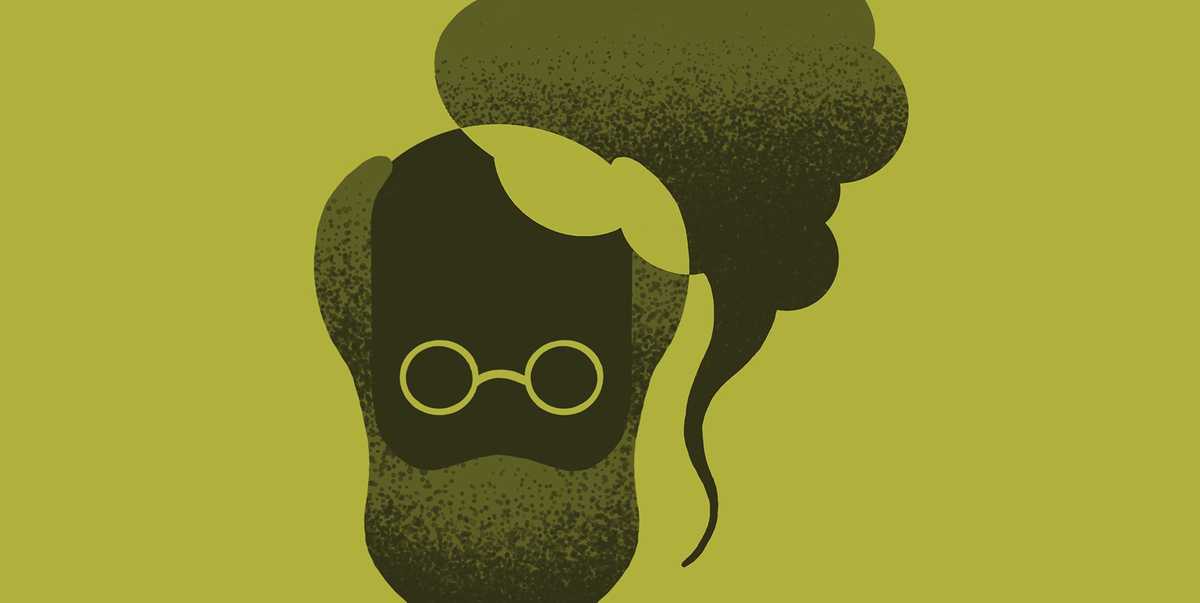
Recently I attended a Health Promotion workshop at VicHealth, one of our clients.
To start the workshop, we were asked to think about the healthiest person we know. The themes were consistent: physically active, mentally stable, doesn’t smoke, drinks infrequently, has a range of supportive relationships with friends, family, or a partner, is intellectually fulfilled through either a career or hobbies, and is free of disease.
Next, we questioned why this person has managed to become so enviably healthy. What sort of social circle were they born into? What sort of food is available near their house? Do they have a lot of money?
These factors are called the determinants of health – the social, economic and environmental factors and conditions which can influence an individuals health, but over which they have limited control.
Factors such as where we live, the state of our environment, genetics, our income and education level, as well as our relationships with friends and family all have considerable impact on our health. Whereas the more commonly considered factors such as access and use of health care services often have less impact.
Yet, when you encounter a person with good or bad health, you don’t see this complex web of determinants, you just see the condition they present with. You see the tip of the iceberg.
The Health Iceberg is a useful framework for identifying firstly the behavioural and lifestyle factors that contribute to health, and secondly the social determinants which have the greatest impact on health status, and influence the opportunities, exposures, and behaviours that contribute to health. If you don’t understand and seek to change these contributing factors, you cannot change the health outcome.
The Health Iceberg is useful not only for trying to solve health problems, but also for getting to the root of any behavioural or social problem.
To use this tool, I suggest drawing an iceberg on a large whiteboard and mapping your way from top to bottom, following these steps:
1. Identify the problem
What is the problem you can see? Make it very specific. For example: lung cancer, skin cancer, obesity, homelessness.
2. Identify the contributing factors
What sort of behavioural or lifestyle factors clearly contribute to the problem? For example, if the problem is lung cancer, the contributing factors could be smoking, breathing in second-hand smoke, pollution, or asbestos.
3. Identify the determinants
What are the social, economic and environmental factors and conditions that are leading to each of these contributing factors? For example, people might smoke because their parents smoke, they weren’t educated about the risks, smoking is normal where they work or live or it helps to calm them from their financial or social stress (are they stressed because of discrimination? or violence?) and because it is addictive. Keep identifying the social determinants of each contributing factor until you can’t go any deeper.
Think about each determinant of health:
- The social gradient (income and social status)
- Early life
- Education
- Social exclusion
- Social connection
- Unemployment, employment and working conditions
- Gender
- Discrimination
- Violence
- Addictions and substance abuse
- Food security
- Physical activity
- Environments
- Transport
- Housing
What you will end up with is a deep web of contributing factors. This web will identify the often many causes of a problem, and present possible opportunities for effective behavioural or structural intervention.
Using the Ottowa Charter for Health Promotion as a base, consider possible interventions or actions within the following five areas:
- Build public policy
- Create supportive environments (for desired behaviour)
- Strengthen community action
- Develop personal skills
- Re-orient services
By the end of the VicHealth workshop I was using the iceberg framework to try to deeply understand and identify interventions for all sorts of problems, large and small, important and inane.
If there’s one thing for sure, band-aid solutions are out of vogue. And good riddance!


